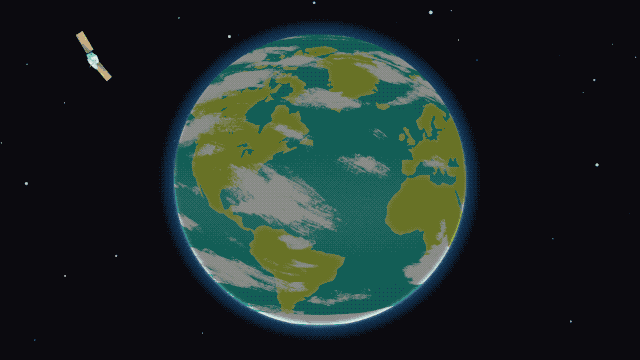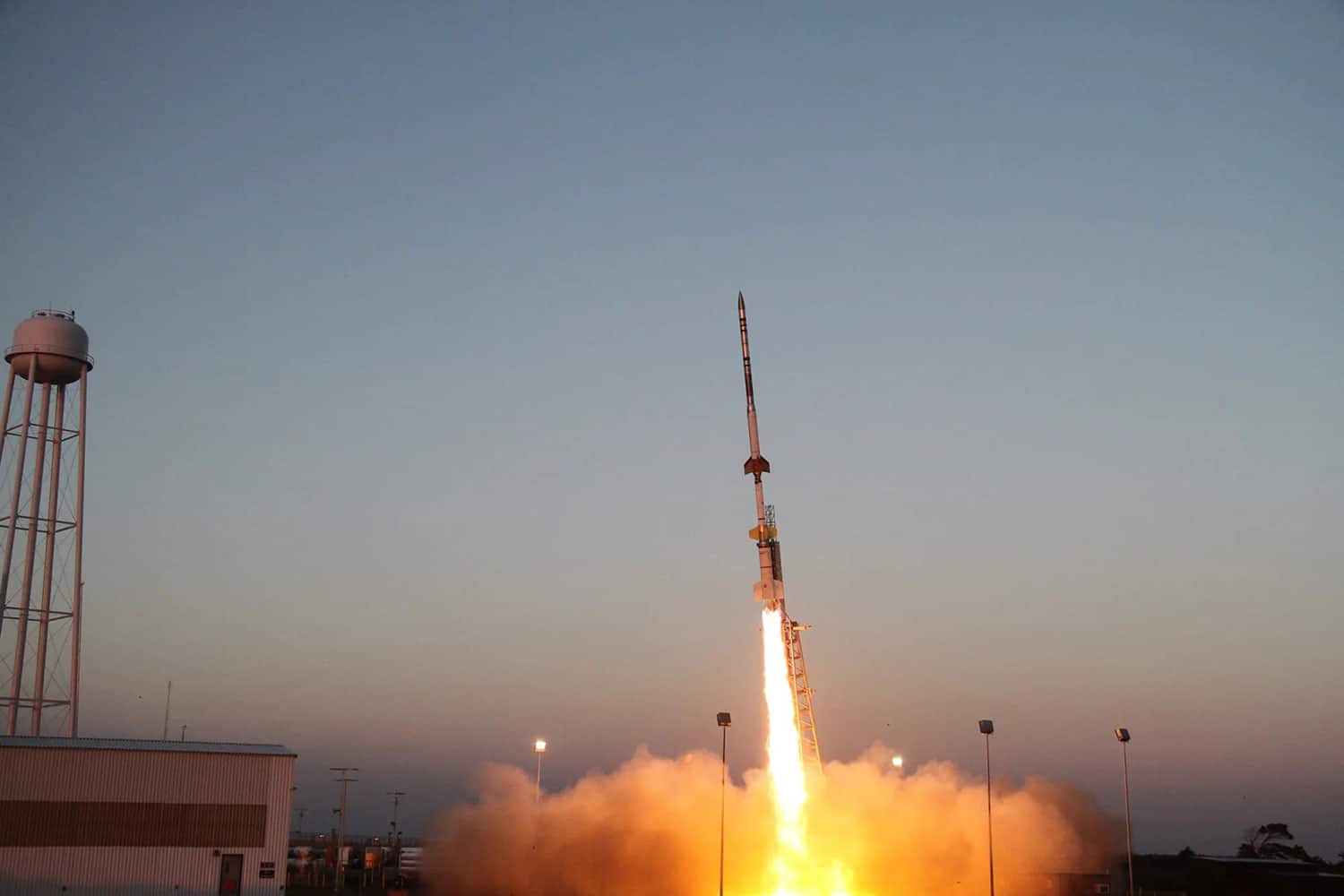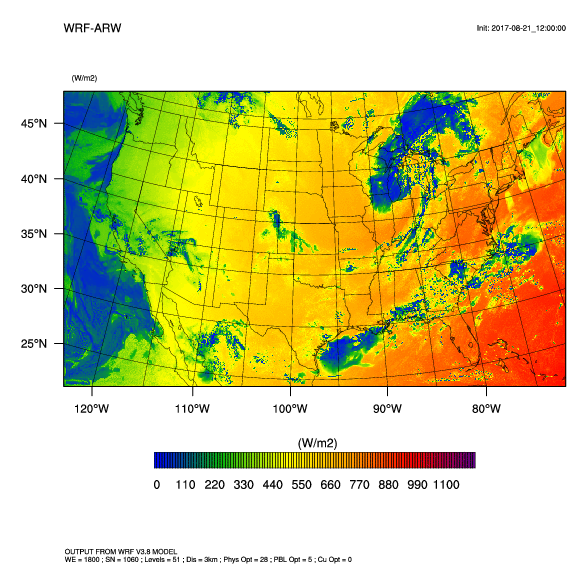NASA to Launch Sounding Rockets into Moon's Shadow During Solar Eclipse
NASA will launch three sounding rockets during the total solar eclipse on April 8, 2024, to study how Earth’s upper atmosphere is affected when sunlight momentarily dims over a portion of the planet.
- The mission is led by Aroh Barjatya, a professor of engineering physics at Embry-Riddle Aeronautical University in Florida, where he directs the Space and Atmospheric Instrumentation Lab.
The sounding rockets will launch at three different times: 45 minutes before, during, and 45 minutes after the peak local eclipse.
These intervals are important to collect data on how the Sun’s sudden disappearance affects the ionosphere, creating disturbances that have the potential to interfere with our communications.

Space-Based Laser Communication Market Report 2024-2034
Forecasts by Communication Type (Point-to-Point Communication, Point-to-Multipoint Communication), by Laser Type (Solid-State Laser, Fiber Laser, Free-Space Quantum Key Distribution (QKD) Laser), by Platform, Satellites (Aircraft, Ground Stations, Unmanned Aerial Vehicles (UAVs)), by Application (Satellite Communication, Earth Observation, Space Exploration, Surveillance and Reconnaissance, Other), by Component (Transmitters, Receivers, Terminals, Modulators/Demodulators, Optics, Control Units) AND Regional and Leading National Market Analysis PLUS Analysis of Leading Companies AND COVID-19 Impact and Recovery Pattern Analysis
Download free sample pages
It’s often difficult to study short-term changes in the ionosphere during an eclipse with satellites because they may not be at the right place or time to cross the eclipse path. Since the exact date and times of the total solar eclipse are known, NASA can launch targeted sounding rockets to study the effects of the eclipse at the right time and at all altitudes of the ionosphere.
- As the eclipse shadow races through the atmosphere, it creates a rapid, localized sunset that triggers large-scale atmospheric waves and small-scale disturbances, or perturbations.
- These perturbations affect different radio communication frequencies.
- Gathering the data on these perturbations will help scientists validate and improve current models that help predict potential disturbances to our communications, especially high frequency communication.

- Three secondary instruments on each rocket were built by Embry-Riddle, and the fourth one was built at Dartmouth College in New Hampshire.
- A team of students from Embry-Riddle will deploy a series of high-altitude balloons.
- Co-investigators from the Massachusetts Institute of Technology’s Haystack Observatory in Massachusetts, and the Air Force Research Laboratory in New Mexico, will operate a variety of ground-based radars taking measurements.
The next total solar eclipse over the contiguous U.S. is not until 2044, so these experiments are a rare opportunity for scientists to collect crucial data.
The APEP launches will be live streamed via NASA’s Wallops’ official YouTube page and featured in NASA’s official broadcast of the total solar eclipse. The public can also watch the launches in person from 1-4 p.m. at the NASA Wallops Flight Facility Visitor Center.
RELATED










No comments:
Post a Comment